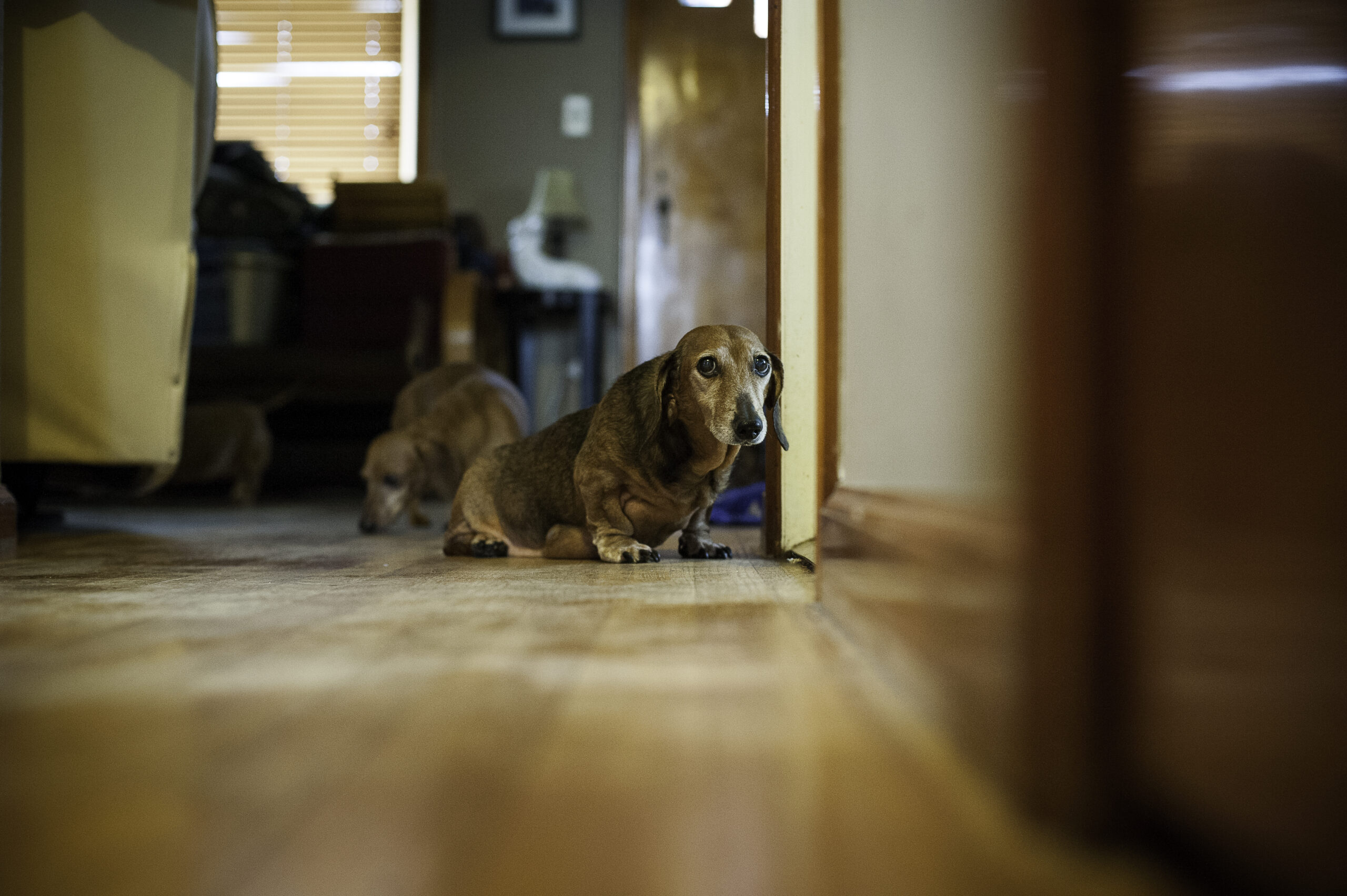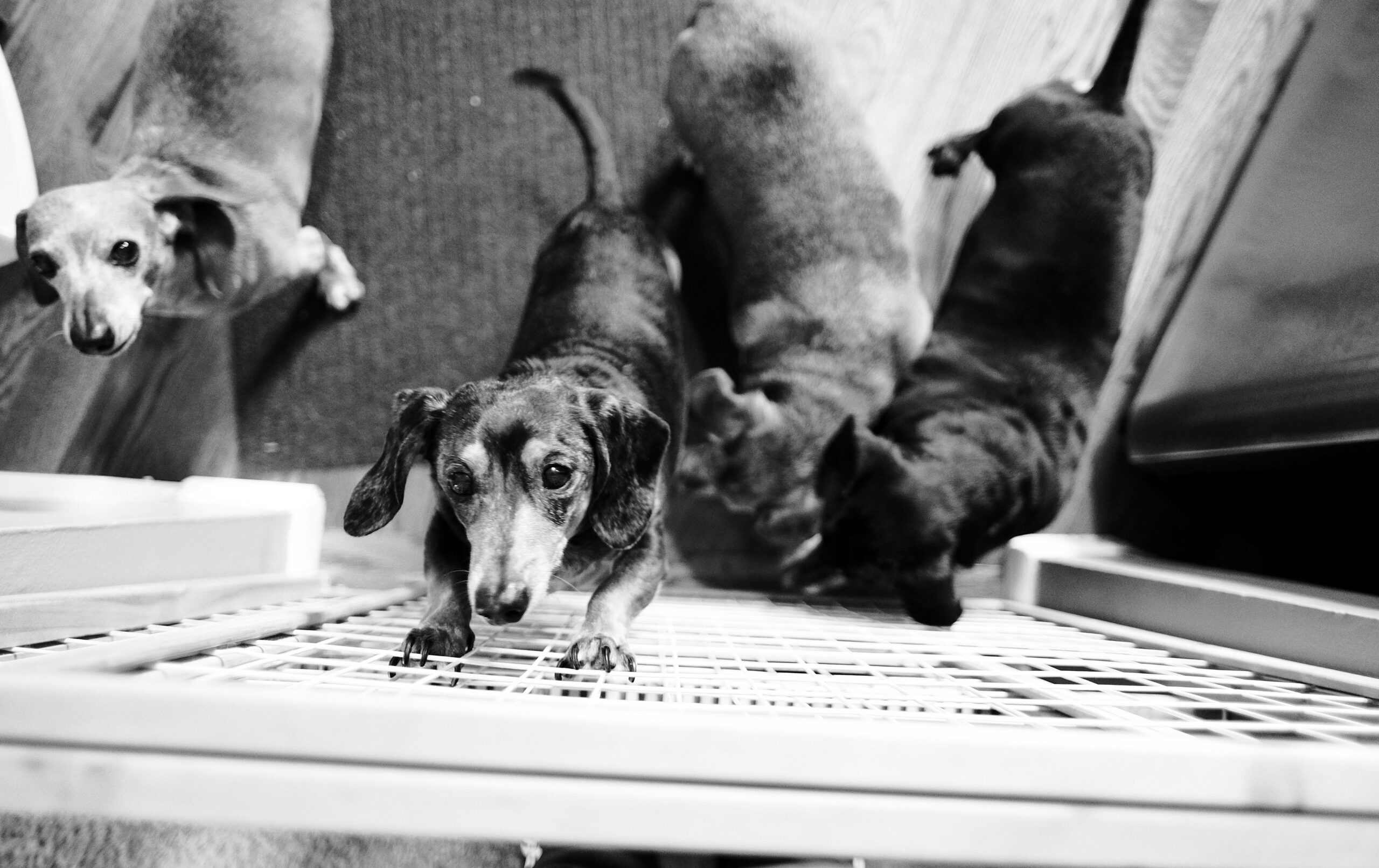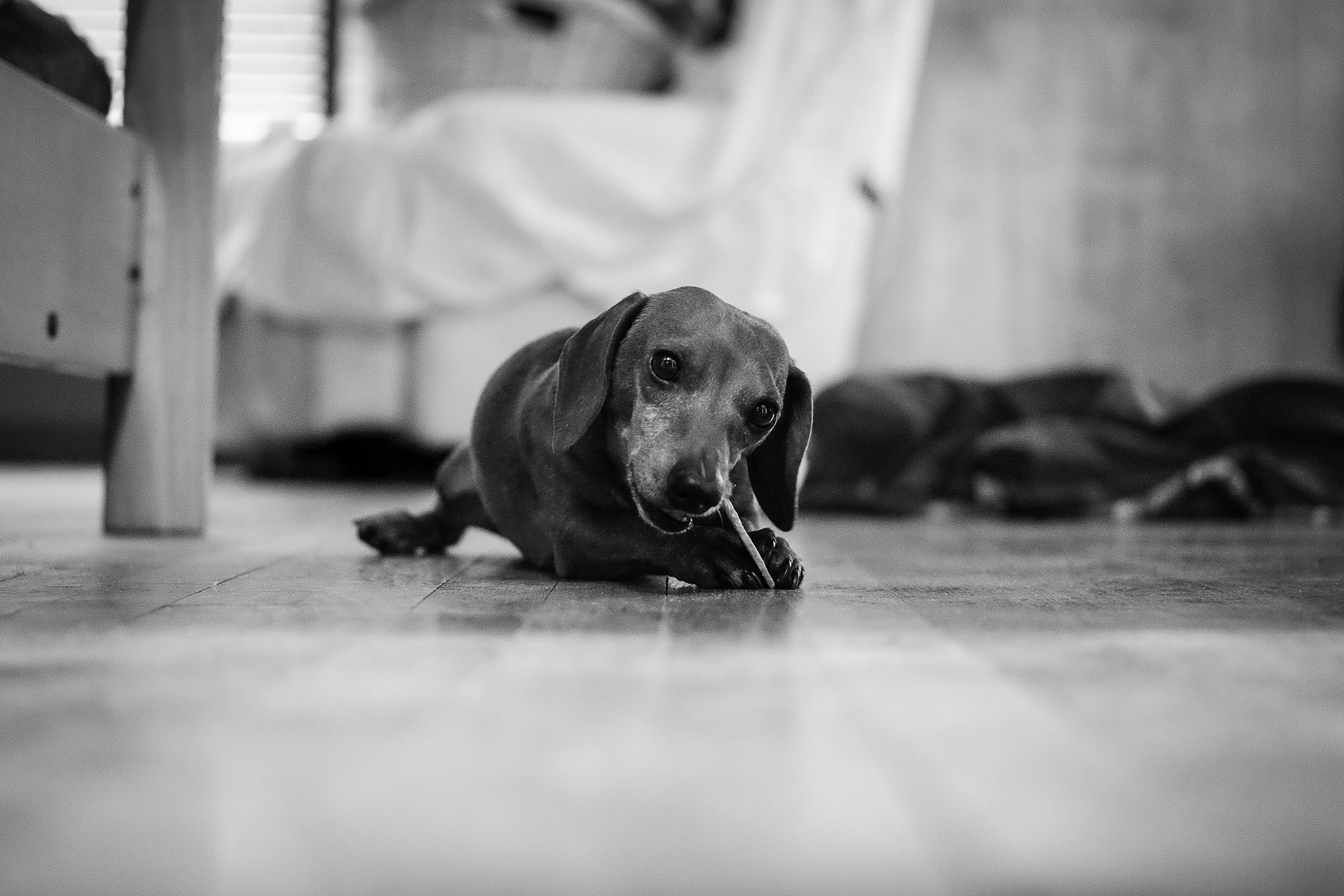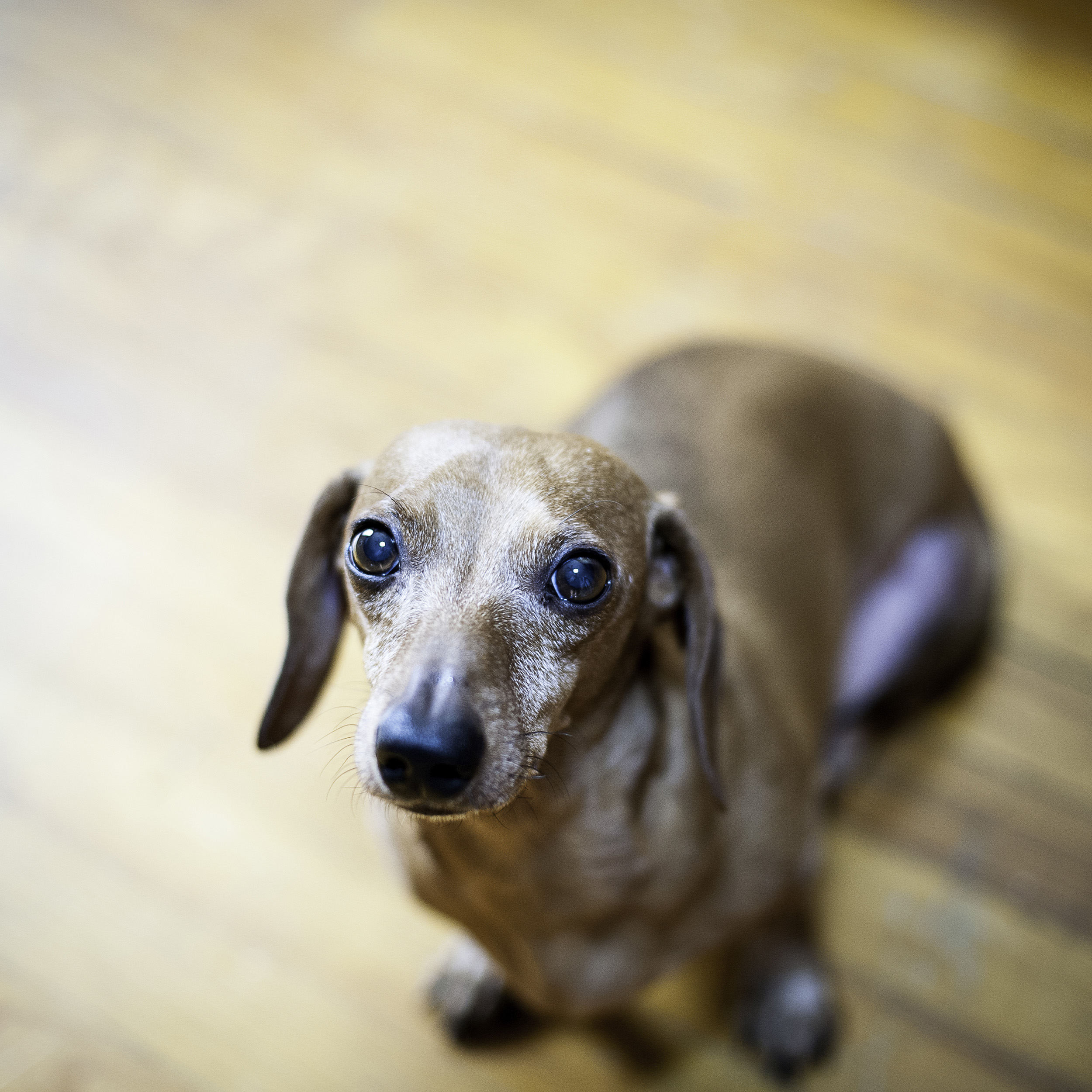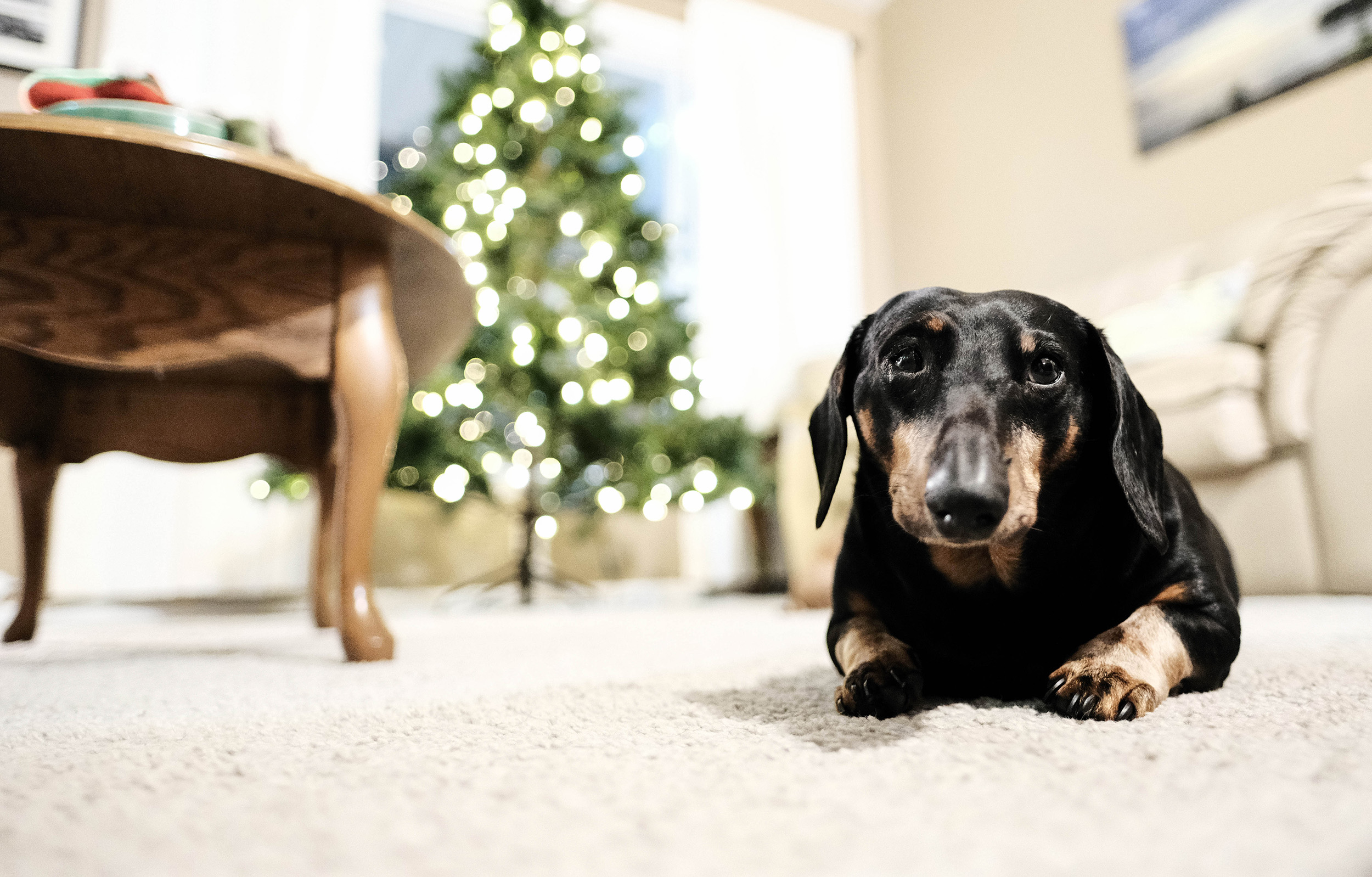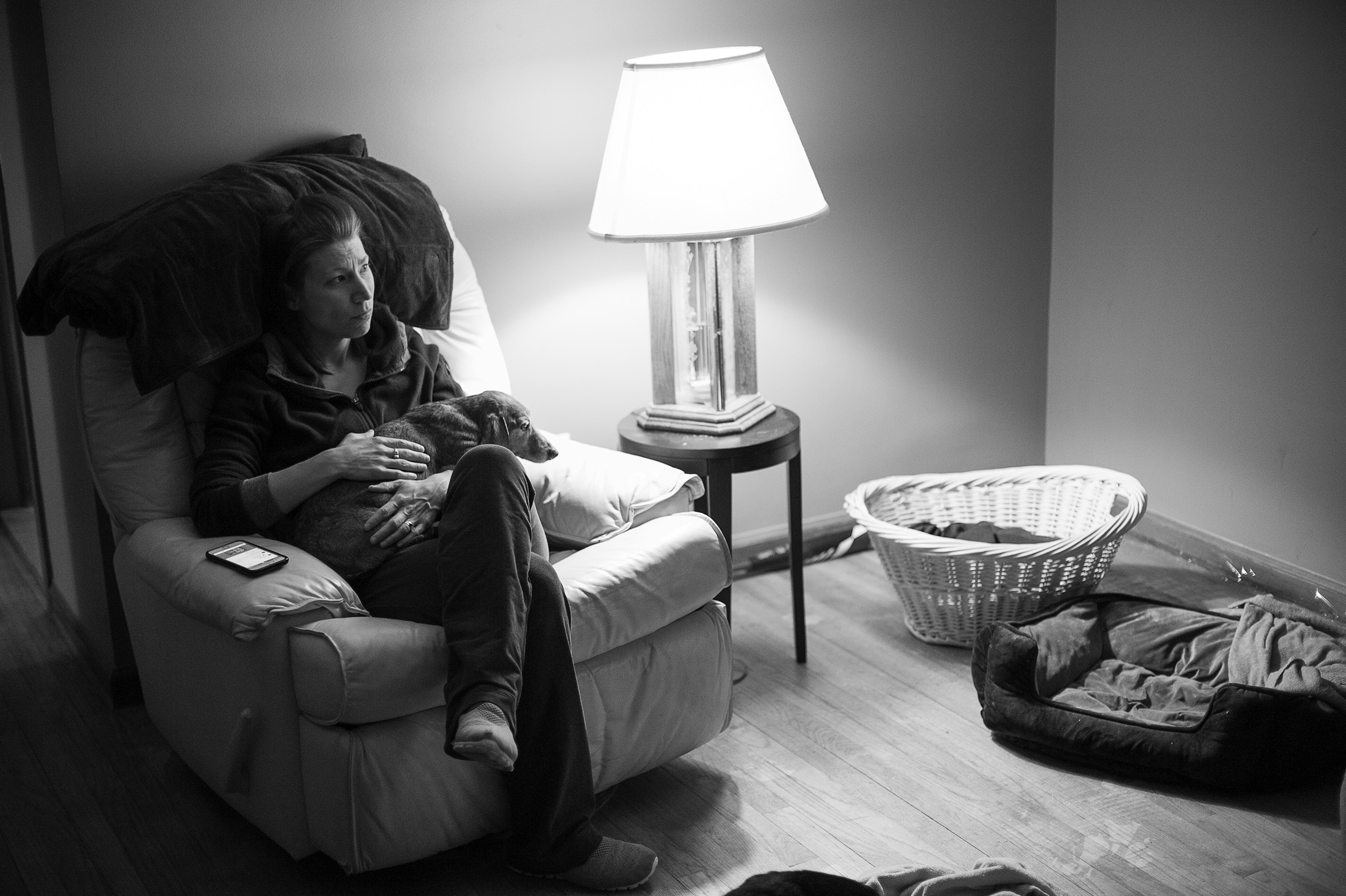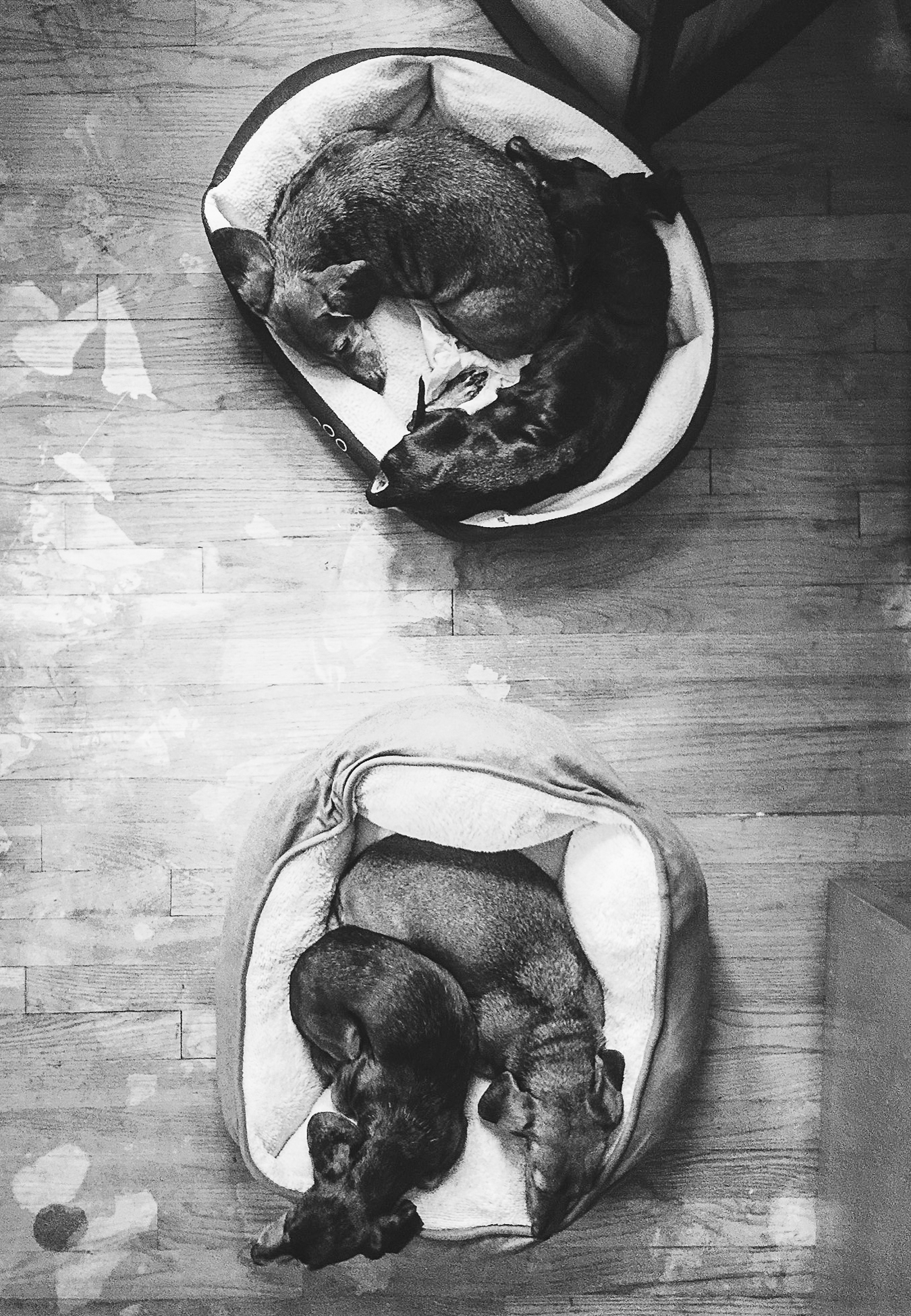One of the things I love most about my Fujifilm set up is the size of the gear. It’s small, compact and can be a very stealthy piece of equipment, perfect for capturing those priceless candid moments.
You hear it all time — photographers going on and on about the brilliance of the X-Pro 3 or X-T3, or whatever the Fujifilm model may be, for getting those often-difficult emotional and private moments.
They’re right.
When I’m at events and weddings or on assignment for the newspaper, for example, that’s exactly what I’m hunting with my X-T3 — the perfect candid capture.
It’s also what I do at home.
And to me, some of the most challenging, and rewarding, subjects to photograph are my dogs.
For a brief time when I was shooting full frame, when the gear I lugged around weighed as much as a small child, capturing a decent image of the dachshunds was nearly impossible. Not only was the size of the camera and lens combination incredibly intimidating to the dogs (and most people), it was also loud whenever I did attempt to snap a photo. I’d essentially get one shot before the clatter of the shutter sent them scattering throughout the house.
The X-T3 is different.
The subtle click of the shutter and the overall small size has made it the perfect camera for “pho-dog-graphy.”
My wife and I have no children, unless you count dachshund (and one chihuahua). If you do, then there have been many over the years and four currently. Being able to document them in an image is important to me. Over the years, I’ve learned a few things that have made this both easier, more impactful, and ultimately led to a better image, I believe.
I hope you find these tips helpful.
Aside from the aforementioned obvious — that smaller gear helps a lot, it’s also important to remember that documentary dog photography, as I like to call it, requires an inordinate amount of patience.
Dogs are by far the most stubborn subjects you are likely to deal with. They are not there to pose for you and are easily put off by the lens stuck in their face. That said, I love shooting the dogs with a wide-angle lens and getting very close, nonetheless. Originally, I found the 18mm f/2 to be a great lens for this documentary style dog photography. The compact size when mounted on my X-Pro 1 was perfect.
But, since I no longer have the 18mm f/2 in the bag, the 16mm f/1.4 has been a very worthy substitute despite being a larger lens physically. The quick focus has allowed me to get close and get the shot quickly.
Wide angle lenses seem to have just the right amount of distortion, and unlike people, that distortion is something I really like in the look. Plus, it’s wide enough to capture the entire body of the pooch and some of the scene in the frame and I like that.
It’s also important to get down to level of the dog. Don’t be shy about lying on the floor and getting your shirt or trousers dirty. This perspective allows the image to show the viewer life from the dog’s point of view and it helps to add to the feel of the image.
There are times, however, when shooting at a higher angle is important. When I was running my dachshund rescue, every image was shot with me standing looking down at the dog. This creates a feel for the photo that projects the dog’s need of help and a forever home. This angle is very effective in portraying that emotion. This is a portrait photographer’s rule of thumb regardless of the species.
Dogs are very expressive creatures, and that expressiveness comes mainly from the eyes, remember that when you’re photographing your dogs. Focus on the eyes and allow the face to compliment that emotion. This sounds much easier than it is, trust me. These little ones are easily distracted which means their eyes, and head, dart all over the place once this occurs. Be patient though, you’ll get it sooner or later.
Finally, and perhaps most important, your goal is to capture the personality, the spirit of your pet. This means we should be looking for images that personify what your dog is, how their life is, how you will remember them.
Most of my dachshunds have been senior dogs when I adopted them, so much of their days are spent lounging. I make sure I get images of them doing just what they love doing. If your dog is playful and energetic, make sure you capture those images as well as a more traditional portrait. If they enjoy chewing on a toy or burrowing beneath the covers, be sure to snap that photo, too.
And something else I almost forgot to mention… don’t shy away from including the people in your dog’s life in the images. You and your family, your friends, the postman, perhaps, are important to your dog — preserve that relationship in a photograph.
When I look at the frames on the wall in my home-office, I’m reminded of those who aren’t part of the pack anymore, at least not physically. I’m reminded of the memories, and although there is always a sadness they are gone when I look at the images, there is also a smile or slight chuckle as I recall times when they were here.
Without these images, I likely would get these feelings, and that would be awful.
Dogs, pets in general, are such an important part of our life’s journey. Document the days they traveled this path with you — it’s important.


